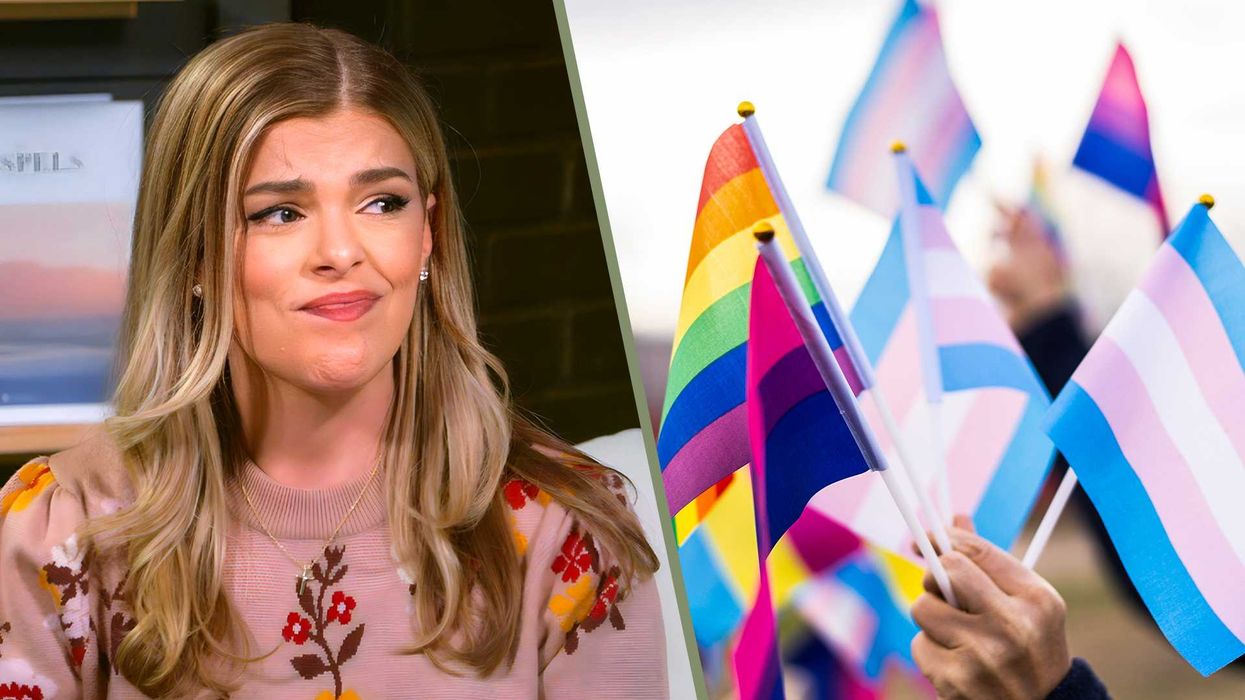
© 2025 Blaze Media LLC. All rights reserved.
Graphic Reveals How People in Muslim-Majority Countries Believe Women Should Dress
January 09, 2014
"Which style of dress is appropriate for women in public?"
The way women dress is an important social issue in most Middle Eastern countries, where more conservative clothing is generally the rule of thumb.
While social norms vary by location, a recent study conducted by the University of Michigan's Institute for Social Research yielded some fascinating results.
The survey, which was conducted in Muslim-majority countries, including Egypt, Tunisia, Iraq, Lebanon, Oakistan, Saudi Arabia and Turkey, found that most people there prefer that a female has her hair covered when she is out in public.
But that doesn't necessarily mean that they believe her face should also be veiled.
According to The Pew Research Center, respondents were presented with a card depicting four unlabeled styles of dress, requiring those giving their preference to do so based on a graphic interpretation.
They were then asked the question: "Which style of dress is appropriate for women in public?"
The first woman was shown in a full burqa, while the last wore no headdress at all. The pictures in the middle ranged in terms of how much of the head and face were covered.
Here's the graphic that explains the results:
 Credit: Pew Research Center
Credit: Pew Research Center
As Pew noted, most respondents indicated support for some level of covering up, though the full burqa wasn't chosen by the majority. Most wanted the fourth option -- a white hijab that covers women's heads, but not their faces.
Majorities in Tunisia (57 percent) and Egypt (52 percent) selected this option and significant proportions in Turkey (46 percent) and Iraq (44 percent) did the same.
Saudi Arabia, though opted for a much stricter garb, as 63 percent chose the second option, the niqab, which covers all but a woman's eyes. On the other side of the spectrum was Lebanon, where 49 percent of respondents chose no head covering at all.
On the latter front, Pew noted that 27 percent of those interviewed were Christians, which might have skewed the results away from more conservative head coverings.
Read the complete analysis here.
(H/T: Washington Post)
--
Featured image via Shutterstock.com
Other Must-Read Stories:
- What Ever Happened to the Teen Atheist Who Successfully Battled to Ban Her School's Prayer Mural?
- 'A God Thing': How Two Complete Strangers Left a $6,000 Tip That Profoundly Changed a Waitress' Life
- The 10 Absolute Worst Places in the World to Be a Christian
- 'Science Guy' Bill Nye vs. Prominent Creationist: New Details About Their Upcoming Evolutionary Battle
- Megapastor Forced to Resign After Revelation That He Had Multiple Extramarital Affairs
Want to leave a tip?
We answer to you. Help keep our content free of advertisers and big tech censorship by leaving a tip today.
Want to join the conversation?
Already a subscriber?
Billy Hallowell is a digital TV host and interviewer for Faithwire and CBN News and the co-host of CBN’s "Quick Start Podcast."
Billy Hallowell
Billy Hallowell is a digital TV host and interviewer for Faithwire and CBN News and the co-host of CBN’s "Quick Start Podcast."
more stories
Sign up for the Blaze newsletter
By signing up, you agree to our Privacy Policy and Terms of Use, and agree to receive content that may sometimes include advertisements. You may opt out at any time.
Related Content
© 2025 Blaze Media LLC. All rights reserved.
Get the stories that matter most delivered directly to your inbox.
By signing up, you agree to our Privacy Policy and Terms of Use, and agree to receive content that may sometimes include advertisements. You may opt out at any time.






